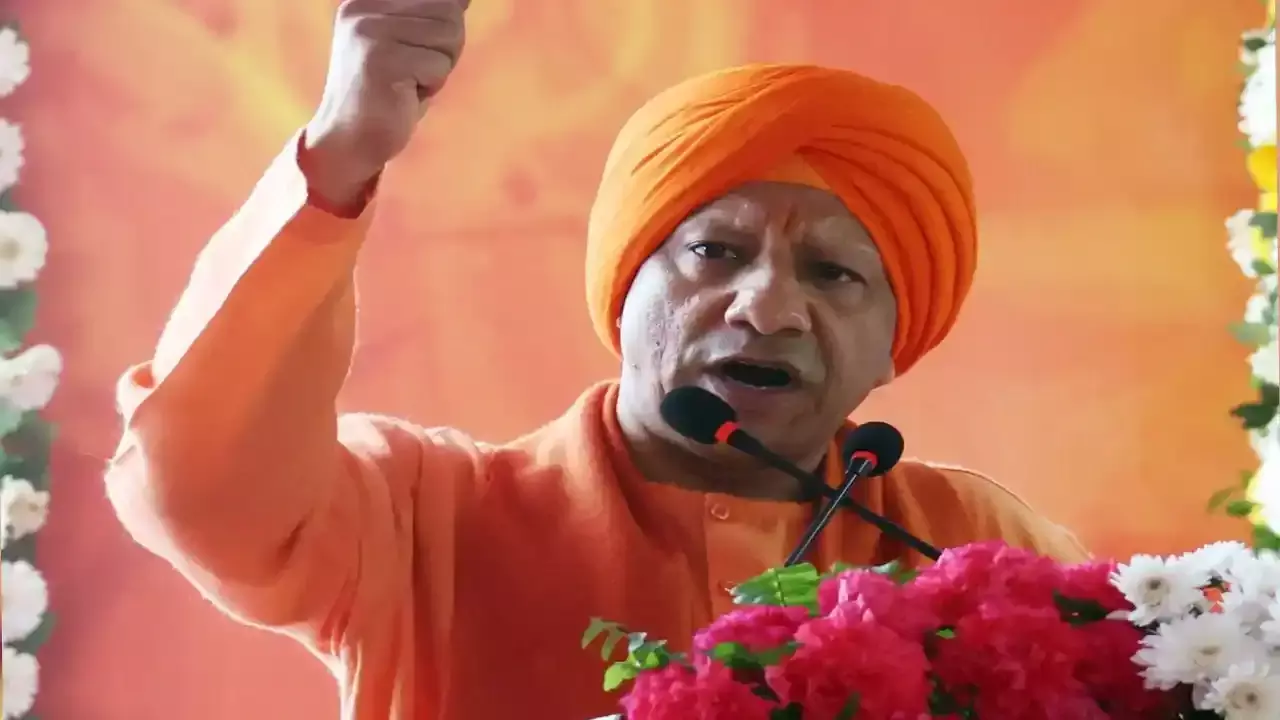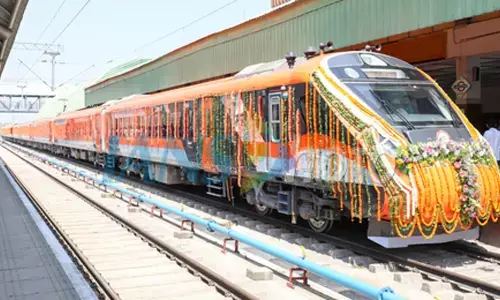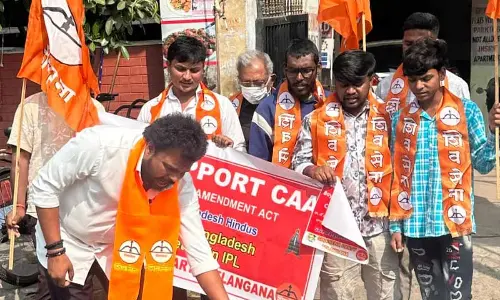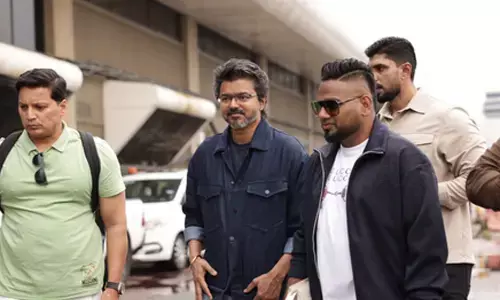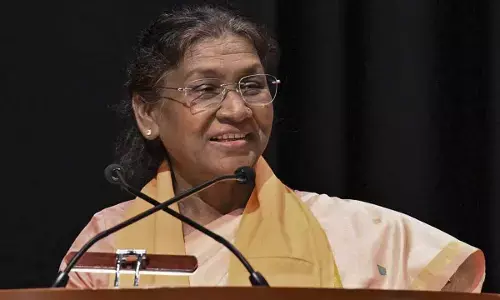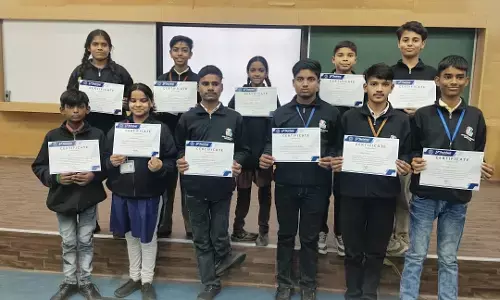Rural Development in Bangaru Telangana

As per 2011 census, the rural population of Telangana is 213.95 lakh representing 61.12% of the total population 350.04 lakh. The Rural Development department is implementing programmes like MGNREGS, Watershed Development, Self-Help Groups in the State.
As per 2011 census, the rural population of Telangana is 213.95 lakh representing 61.12% of the total population 350.04 lakh. The Rural Development department is implementing programmes like MGNREGS, Watershed Development, Self-Help Groups in the State.
The large chunk of population is concentrated in rural areas, thus accelerating their development and ensures benefits of the development reach equitably call for the evaluation of an appropriate rural development planning strategy – a strategy that strengthens various indicators of rural development as also brings a qualitative change in their reach to all sections of the society.
In order to achieve this objective, Telangana has opted for a strategy of decentralized planning in order to fulfill the dreams and aspirations of the people; there is an imperative need to change the paradigm of the planning process, so as to reflect the felt needs of the people in the policies and programmes. Towards, this end democratic decentralization was considered an effective strategy that will give rise to new initiative under nomenclature ‘Grama Jyothi programme” as a logical continuation of ‘ Manna-Ooru – Manna Pranalika”.
Hitherto, there is top-down bureaucratic model of planning process, through this decentralized planning process, an endeavour was made to shift the existing model of planning process into more meaningful model of “bottom- up model” through people’s participation in the planning process for initiating socio-economic transformation in rural areas with the prime objective of rural infrastructure and improving the living conditions of the rural people, especially the weaker sections.
This is also in tune with the principles stipulated under the 73rd amendment of the constitution of India to transfer funds, functions and functionaries to the Gram Panchyathis and Local Bodies.
Grama Jyothi
The objective of Grama Jyothi is to improve the service delivery to the people in core sectors through the strengthening of the Gram Panchayats by bringing together the efforts of various departments working at the Gram Panchayat level which are hitherto working independently of one another.
Grama Jyothi aims to synergise the developmental activities to of the departments by achieving functional and financial convergence through the preparation of Gram Panchayat Developmental Plans. GramaJyothi seeks to exploit the enormous collective energy of the people by making those active partners in the development process, Decision Making and take good advantage of the Social Capital at the Village level.
The goal of Grama Jyothi brings in much-desired accountability, transparency in the functioning of public institutions Woking at Gram Panchayat level and make them responsive to the needs of the people by establishing.
The Process
The concept of “ Grama Jothi” involved holistic development of Grama Panchyathi by preparing a perspective plan and monitoring and coordination plan, with a focus on provision of basic amenities such as roads, drains, sanitation, drinking water, street lights, generate wage employment and green the village through ‘Haritha Haram’ for a period of 4 to 5 years.
While the monitoring and coordination plan focuses on improved service delivery in the Health and nutrition, education, agriculture and animal husbandry sectors.
The perspective plan also focuses on livelihood, poverty and social security and welfare of the people especially with much emphasis on special development plan for Scheduled Caste and Scheduled Tribe in planning and providing basic amenities such as housing, income generating schemes to the socially disadvantaged people of SCs and STs, for with funds can be accessed under SCSP and TSP.
The concept was discussed during the Collector’s conference held on 30-07-2015 at Dr.MCR, HRD, which was addressed by the Hon’ble Chief Minister and one day workshop at Prof. Jayashanker Agriculture University with Collectors, SPs, CEOs, DPOs and Change agents.
The Outcome
The programme was organized throughout the State from 17-8-2015 to 24-08-2015. Under this process, perspective plans were prepared for 8695 Gram Panchyathis duly constituting 61043 functional committees with an identified 154896 goals and all the data is being uploaded in Grama Jyothi website. While perspective plans were prepared to identify the goals under different scheme that are being implemented by various departments of the State as follows:
| Scheme | Total goals identified |
| Dirking water and sanitation |
|
| Health & Nutrition | |
| Education | |
| Social Security and poverty Reduction |
|
| Natural Resource Management | |
| Agriculture | |
| Infrastructure | |
Priorities
The main aim of the ‘Grma Jyothi’ programme was to empower gram panchayathis for holistic development of the panchyathis and achieving the following goals of the panchayathis with the funds available to them through the progamme.
• 100% sanitation.
• 100% tax collection.
• 100% Telangana ku Haritha Haram implementation (40,000 plants for three years)
• 100% immunization of children
• 100% institutional deliveries
• 100% identification and treatment of diseased persons in the village.
• 100% literacy
• 100% enrollment of children in school education and retention(Age 6-14 years)
• 100% enrollment in preschools/ Nurseries/Anganwadis(Age 3-6 years)
• 100% wage employment to all who are in need.
The grants available at each gram panchayathi in the preparation of development plan are as follows.
| 0-10 lakhs | 8134 |
| 10-20 lakhs | 301 |
| 20-50 lakhs | 156 |
| 50- 1 cr | 60 |
| 1-5 cr | 29 |
| 5-10cr | 5 |
| Above 10cr | 0 |
The scheme is aimed at comprehensive development of rural areas allowing planning and execution of works by villages themselves. For the successful implementation of the scheme, the state government has decided to invest 25000 crore rupees in empowering villages.
The scheme will focus on improving the Human Development Index (HDI) by addressing core issues such as drinking water and sanitation, health and nutrition, education, infrastructure, natural resources management, agriculture, social security and poverty reduction.
The Grama Jyothi programme aims to empower gram panchayats. The programme introduces a participatory approach in preparing village development plans involving the panchayats, self-help groups, people and all interested in the holistic development of the village.
Grama Jyothi programme will be a game-changer to an inclusive and holistic development of backward villages of Telangana. The government will also incentivise villages that achieve 100 percent targets in the areas of sanitation, immunisation, nutrition, literacy and green cover.
G.Rajendera Kumar








